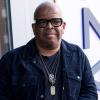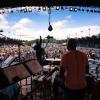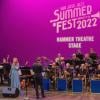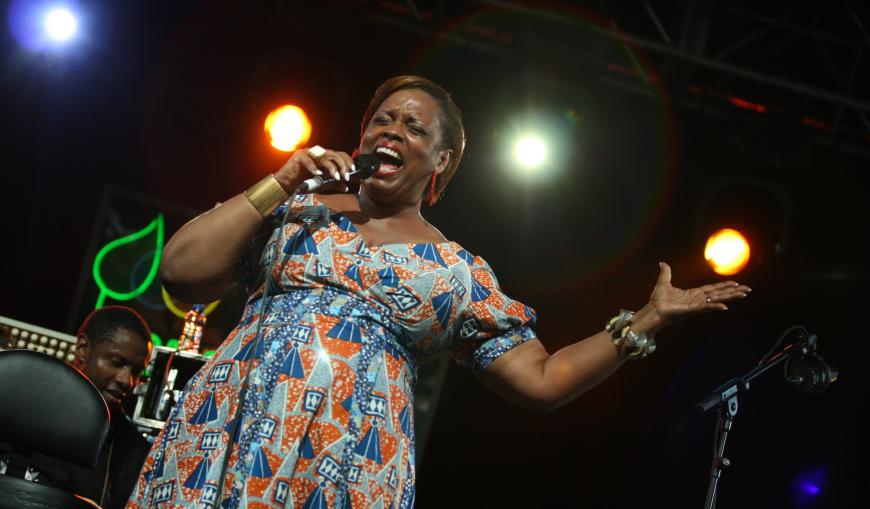
What’s in a name? When it comes to music festivals, a whole lot seems to ride on keeping “jazz” in the moniker, even when avoiding the style itself. Two Wine Country festivals on tap this summer exemplify the way that the word “jazz” can signify ties to a deep tradition or simply trade on cultural associations.
The 25th annual Healdsburg Jazz Festival, which opened last weekend and runs through June 25, takes place at venues around the Sonoma County town. About 50 miles southeast, the three-day Blue Note Jazz Festival Napa extravaganza brings a national spotlight to the Silverado Resort and Spa July 28–30. Both festivals are destination events run by esteemed musicians, but that’s where the similarities end.
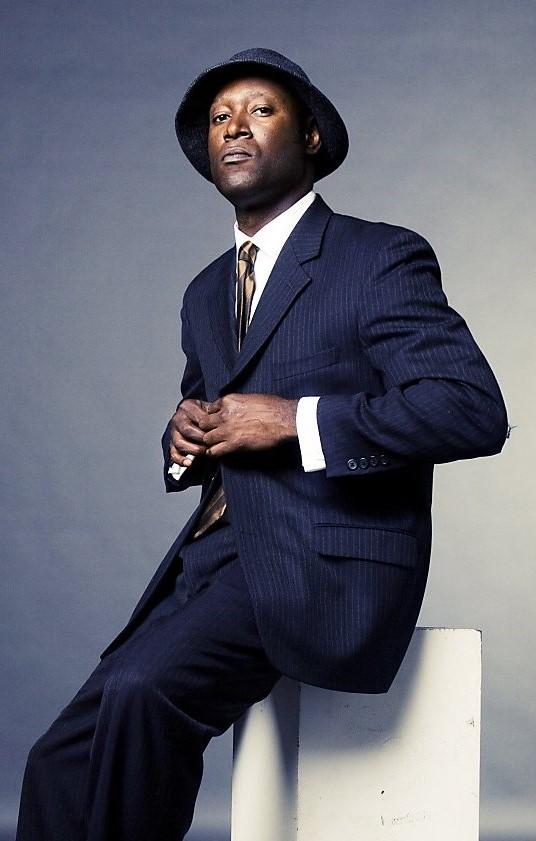
The two festivals embody polar approaches to the titular tradition, with the former spotlighting the best of jazz’s past, present, and future while the latter relegates it to a footnote. Healdsburg, founded by Jessica Felix and now run by bassist, composer, and bandleader Marcus Shelby, has always set itself apart by building ongoing relationships with musicians and presenting them in singular settings.
A case in point is NEA Jazz Master Dianne Reeves’s duo concert with Brazilian guitar maestro Romero Lubambo at Bacchus Landing on June 24. Reeves is no stranger to Healdsburg (and major stages across the region), and Lubambo has been a member of her band for more than two decades, but it’s rare indeed to see them in such an intimate tete-a-tete context.
The festival’s generation-spanning centerpiece is a Bacchus Landing double bill on June 23, with vibraphonist Joel Ross’s Good Vibes quintet opening for an all-star tribute to Pharoah Sanders and Joey DeFrancesco (who both left the scene last year). The celebration of the two departed jazz legends is a mini-jazz festival unto itself, featuring saxophonists Gary Bartz and Azar Lawrence, who both came to fame with Miles Davis in the 1970s and went on to work extensively with McCoy Tyner. NEA Jazz Master Billy Hart, who’s been a mainstay at Healdsburg since the beginning, leads a rhythm section with pianist Marc Cary, percussionist Munyungo Jackson, organist Brian Ho, and Shelby on bass. Vocalist Nicolas Bearde and tenor saxophonist Tomoki Sanders, the son of Pharoah Sanders, are also part of the tribute.
There are half a dozen other concerts, but Healdsburg Jazz is more than a festival. The organization has become an integral part of the community through educational programs in the schools, year-round programming, and the Healdsburg Freedom Jazz Choir, led by vocalist Tiffany Austin (which performs June 24 at St. Paul’s Episcopal Church on a double bill with pianist Gaea Schell’s quartet).
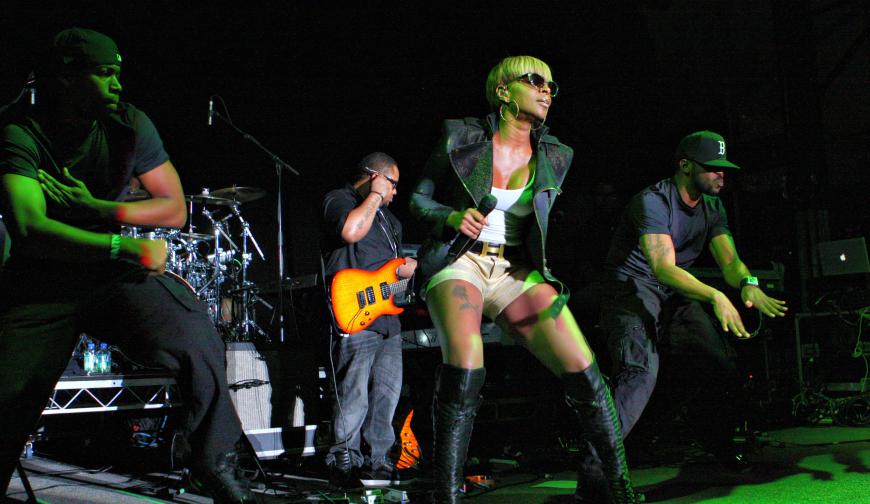
It might not seem fair to compare what Healdsburg has built over a quarter century with the Blue Note Jazz Festival Napa, which launched last year in a blaze of attention generated by lightning-rod comedian Dave Chappelle, who’s returning to serve as the festival’s host and presiding spirit. But looking at the lineup, it’s impossible not to question why the producers insist on calling it a jazz festival when jazz is clearly an afterthought.
New Orleans trumpeter Nicholas Payton, who’s on the program July 29, has long argued that “jazz” is a deeply compromised word that can’t shed nefarious associations with music business skullduggery, white supremacy, and stale nostalgia. He’s championed the umbrella phrase “Black American music,” or BAM, to unsilo music that should have never been market-segmented in the first place. The “Blue Note BAM Festival” has a nice ring to it, particularly given headliners like hip-hop soul queen Mary J. Blige (July 28), rapper Nas (July 29), and Chance the Rapper (July 30).
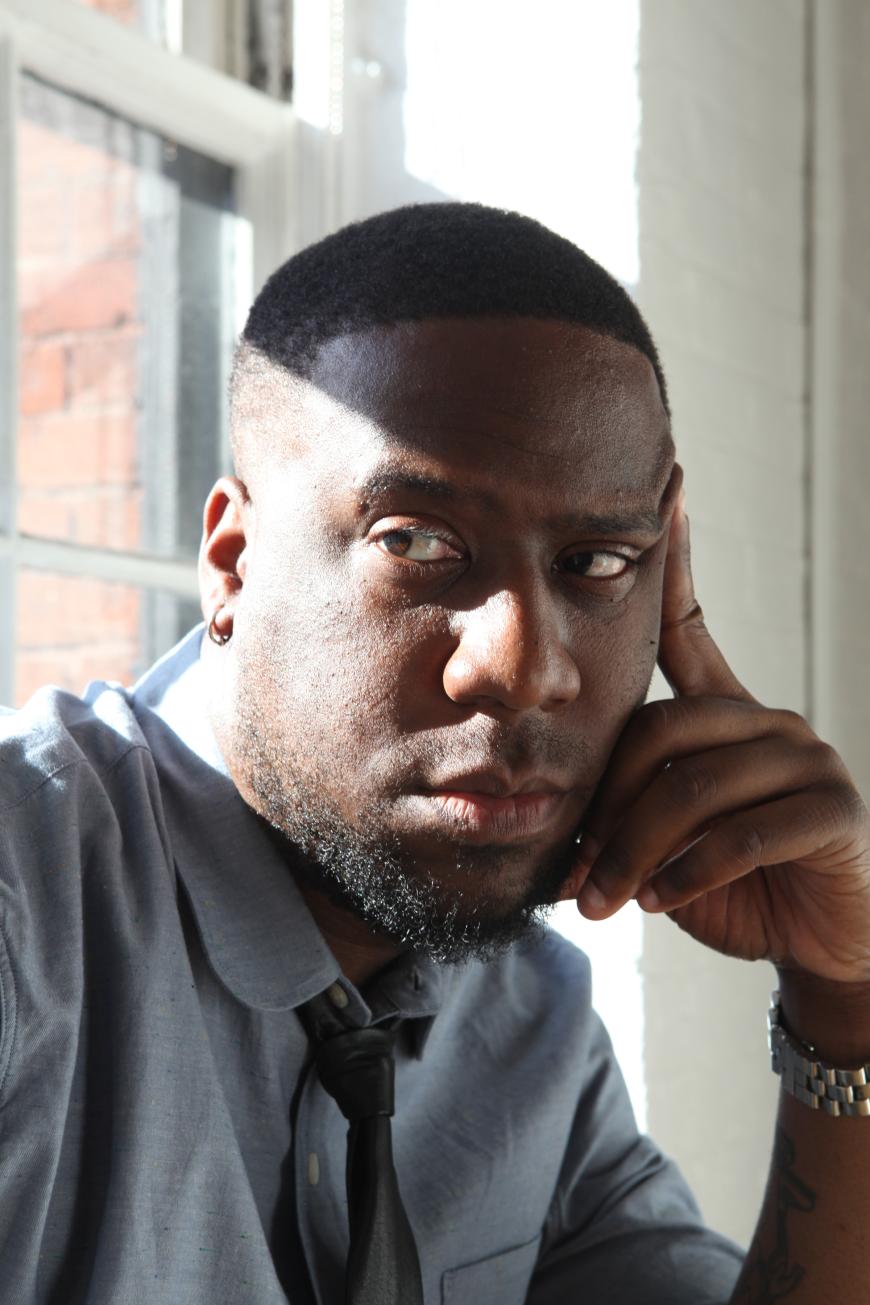
The festival is curated by Robert Glasper, the songwriter, producer, and gifted jazz pianist who’s also thrived in R&B and hip-hop. His Grammy Award-winning Black Radio albums feature a brilliant cross section of soul, R&B, and hip-hop artists, worlds in which he’s equally at home. As the festival’s artistic director and artist-in-residence, his special guests include De La Soul (July 28), Lalah Hathaway and Terrace Martin (July 29), and Bilal (July 30).
The closing roster, on July 30, does throw jazz lovers a bone with the creatively turbocharged duo Domi & JD Beck, bassist Derrick Hodge, and keyboardist Taylor McFerrin and drummer Marcus Gilmore with special guest Bobby McFerrin. (And don’t miss the New Orleans funk of The Soul Rebels with trumpeter Keyon Harrold on July 29.) But these are the small-print acts found on the bottom on the bill.
Confusingly, the festival has no connection to jazz’s most celebrated label, Blue Note Records. Rather, it’s a production of the Blue Note Entertainment Group, an international chain of clubs that includes Blue Note Napa. The clubs feature a fair mix of jazz artists among R&B, pop, and Latin music acts, and it does the organization no credit to trade on jazz’s cultural gravitas without actually boosting artists deeply engaged with the tradition.
You could argue that calling it a jazz festival is a mere question of marketing, but more consequentially, the Blue Note Jazz Festival Napa doesn’t seem to be making any connections to the Bay Area scene. Why not present soul jazz crooner Kenny Washington or vocalist Kim Nalley? A set turning the Jazz Mafia loose, or Howard Wiley’s Extra Nappy, would fit right into the proceedings. There are any number of Bay Area artists and acts who would add a creative jolt while turning Napa from a parachute operation into part of the region’s musical landscape.
Which isn’t to argue that there’s only one way to run a jazz festival. There’s plenty of space in between Healdsburg and Napa. Just look south to San Jose Jazz’s Summer Fest, which takes place on outdoor stages and venues around the Plaza de Cesar Chavez Aug. 11–13. Applying what could be called a BAM-plus framework to its programming, Summer Fest presents various permutations of blues, gospel, funk, R&B, and jazz, along with an array of Latin American idioms. For lovers of straight-ahead acoustic jazz, there’s more than enough to force difficult choices between acts.
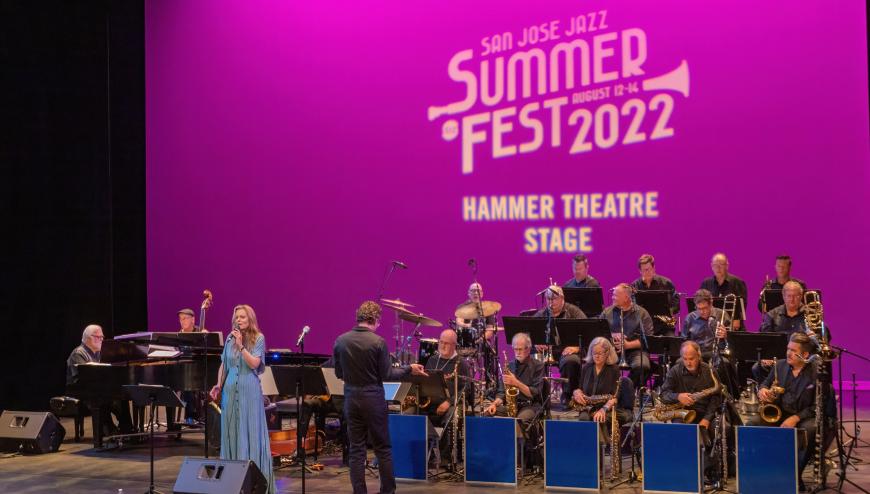
The Monterey Jazz Festival (Sept. 22–24) isn’t quite as wide spectrum when it comes to funk, R&B, and hip-hop, but it continues to embrace stylistic diversity that implicitly makes a case for jazz as an open-source tradition. With the announcement last week that the Recording Academy has created the new grab-bag Grammy category for Best Alternative Jazz Album, “a genre-blending, envelope-pushing hybrid that mixes jazz (improvisation, interaction, harmony, rhythm, arrangements, composition, and style) with other genres, including R&B, hip-hop, classical, contemporary improvisation, experimental, pop, rap, electronic/dance music, and/or spoken word,” it’s easy to picture nominated artists playing Summer Fest and Monterey.
With more than a century of experimentation, innovation, and evolution taking place under its rubric, with lively, self-sustaining scenes from Shanghai and Barcelona to Berlin and São Paulo, jazz retains its power as a referent, even if its frontiers are by necessity diffuse and undefinable. All the more reason to object when a festival borrows jazz’s cachet without giving much in return.


